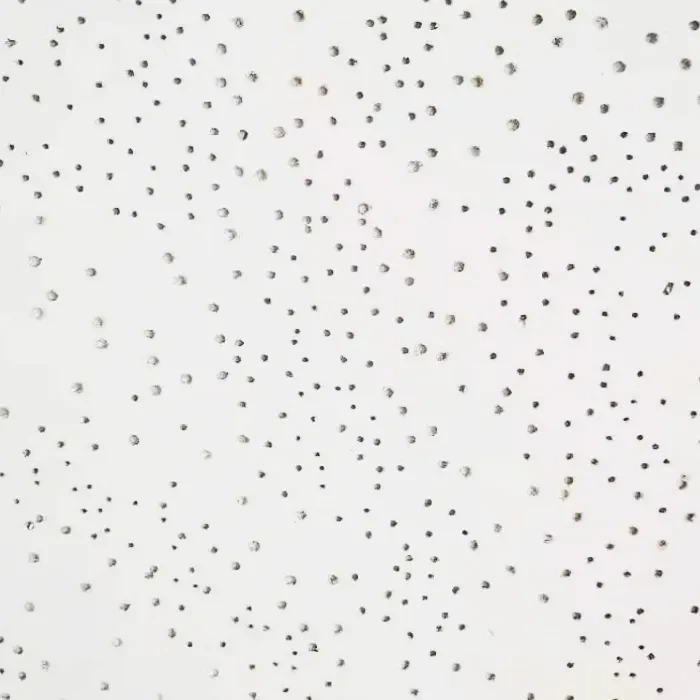Nov . 18, 2024 10:31 Back to list
Exploring the Benefits of PVC Gypsum Board for Modern Construction Solutions
The Emergence of PVC Gypsum Board A Revolutionary Building Material
In recent years, the construction industry has witnessed significant advancements in building materials, and one of the most notable innovations is the emergence of PVC gypsum board. This versatile material combines the benefits of traditional gypsum boards with the practical advantages of polyvinyl chloride (PVC), making it an attractive option for a wide range of applications in both residential and commercial settings.
What is PVC Gypsum Board?
PVC gypsum board is a composite material that integrates gypsum plasterboard with a PVC outer layer. Gypsum, known for its lightweight and fire-resistant properties, has been a staple in construction for decades. However, the addition of PVC enhances its durability, moisture resistance, and aesthetic appeal. The result is a board that not only meets the functional demands of modern construction but also provides a stylish finish.
Advantages of PVC Gypsum Board
One of the primary benefits of PVC gypsum board is its moisture resistance. Traditional gypsum boards are prone to damage from water exposure, which can lead to mold and mildew growth. In contrast, the PVC layer provides an effective barrier against moisture, making this material particularly suitable for high-humidity environments such as bathrooms and kitchens.
Moreover, PVC gypsum boards are easy to maintain. The smooth surface of the PVC layer allows for simple cleaning with just a damp cloth, without the need for special cleaning agents. This ease of maintenance extends the lifespan of the board, contributing to its cost-effectiveness over time.
pvc gypsum board

Another significant advantage is the aesthetic versatility of PVC gypsum board. Available in a variety of colors, patterns, and textures, these boards can enhance the visual appeal of any space. They can be used to create attractive ceiling designs, wall covers, and decorative elements, allowing architects and designers greater creative freedom in their projects.
Environmental Considerations
As sustainability becomes an increasingly crucial factor in construction, the eco-friendliness of materials is under scrutiny. PVC gypsum boards are made from recycled materials, and their production process generally has a lower environmental impact compared to traditional building materials. Additionally, the durability and longevity of PVC gypsum boards mean that they need to be replaced less frequently, reducing waste in the long run.
Applications in Construction
The versatility of PVC gypsum board makes it suitable for a myriad of applications. In residential settings, it can be utilized for ceilings, partitions, and wall cladding, contributing to the overall functionality and aesthetics of the home. In commercial constructions, such as offices, retail spaces, and restaurants, PVC gypsum boards can be used to create dynamic and engaging interiors that captivate customers and employees alike.
Conclusion
PVC gypsum board represents a significant advancement in building materials, combining the best features of gypsum with the durability and aesthetic versatility of PVC. Its moisture resistance, ease of maintenance, and environmental benefits make it an outstanding choice for contemporary construction needs. As the industry continues to evolve, the adoption of innovative materials like PVC gypsum board is set to transform the way we conceptualize and realize spaces. Whether for residential or commercial use, this material is paving the way for a more efficient, stylish, and sustainable future in construction.
-
Quality Ceiling Trap Doors & Access Panels | Easy & Secure AccessNewsAug.30,2025
-
Durable Ceiling T Grid Systems | Easy InstallationNewsAug.29,2025
-
PVC Gypsum Ceiling: Durable, Laminated Tiles for Modern SpacesNewsAug.28,2025
-
Pvc Gypsum Ceiling Is DurableNewsAug.21,2025
-
Mineral Fiber Board Is DurableNewsAug.21,2025
-
Ceiling Tile Clip Reusable DesignNewsAug.21,2025







